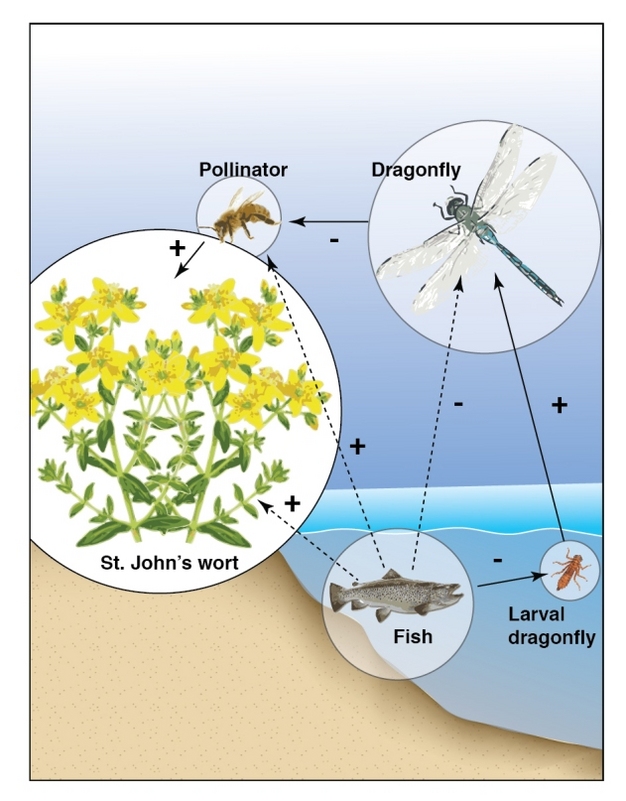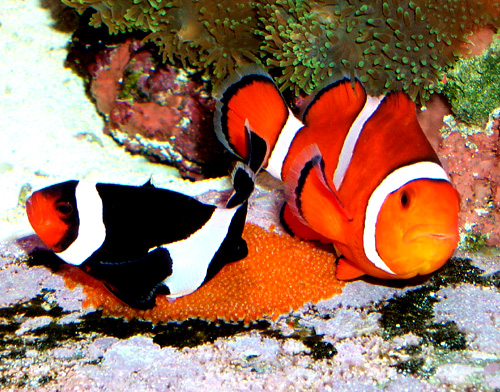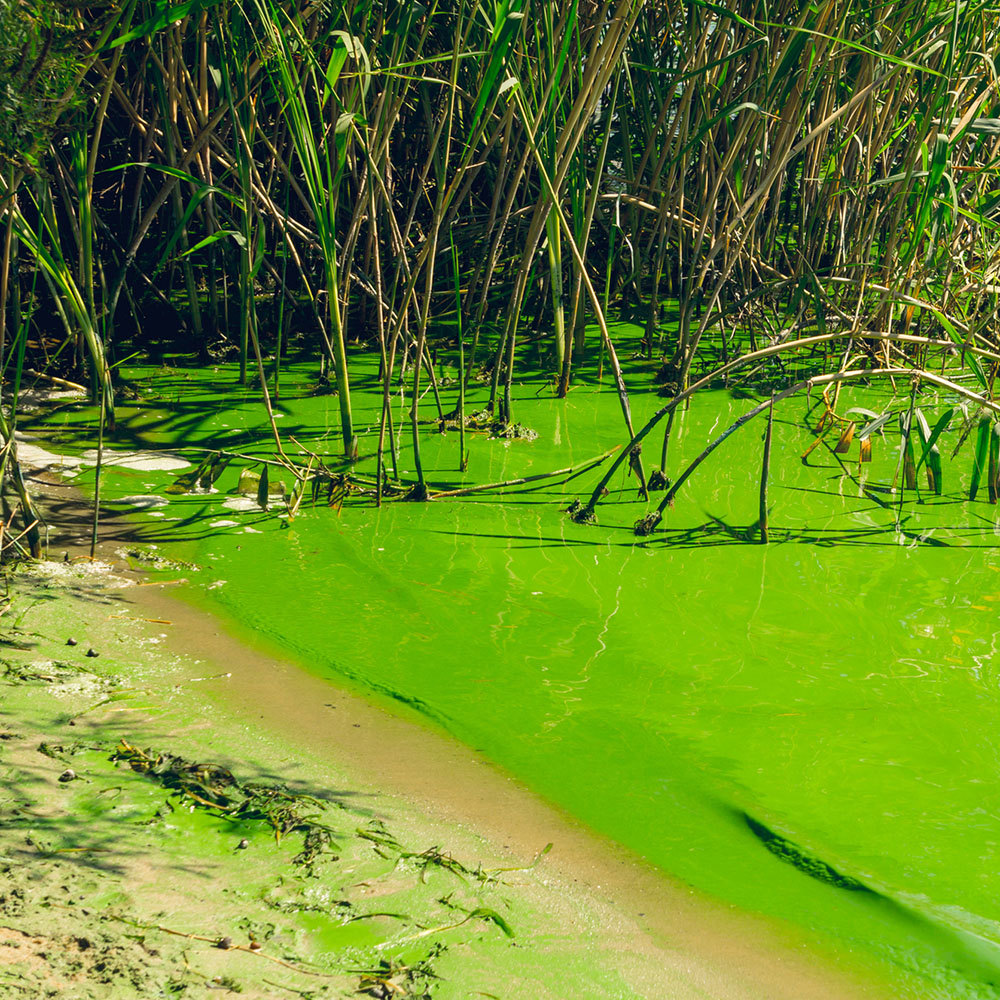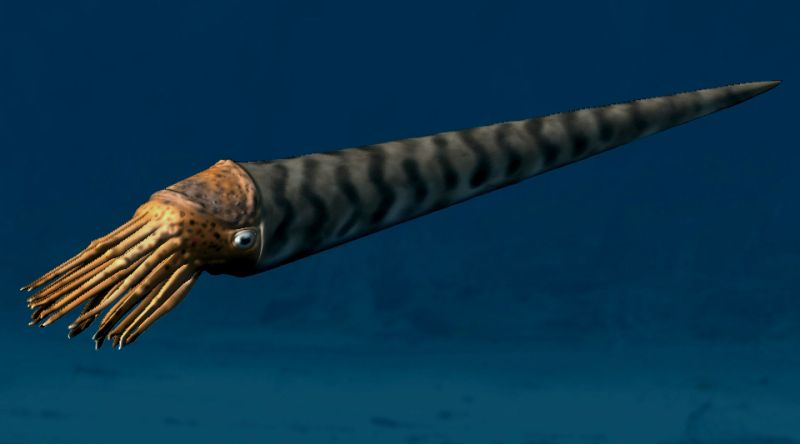- Get link
- X
- Other Apps
Still Water
 Various aquatic ecosystems can be found in stagnant or very slowly flowing waters. Lakes, ponds, bogs, freshwater and saltwater marshes, swamps and lagoons are examples of ecosystems found in stationary or nearly-stationary waters. Algae, plankton, underwater and floating plants, such as lily pads, may inhabit the calm waters.
Various aquatic ecosystems can be found in stagnant or very slowly flowing waters. Lakes, ponds, bogs, freshwater and saltwater marshes, swamps and lagoons are examples of ecosystems found in stationary or nearly-stationary waters. Algae, plankton, underwater and floating plants, such as lily pads, may inhabit the calm waters.
Climate
Still water has humid subtropical Climate,and is located in the area popularly know as ''Tornado Alley''.
Animals
 In addition to the quarter million waterfowl attracted to Still water each year, visitors can revel in a whopping 400 species of wildlife that call still water home, including beaver, mountain lion, bobcat, mule deer, coyote, bats, mink, and kit fox.
In addition to the quarter million waterfowl attracted to Still water each year, visitors can revel in a whopping 400 species of wildlife that call still water home, including beaver, mountain lion, bobcat, mule deer, coyote, bats, mink, and kit fox.
Plants
Plants and algae are important to freshwater biomes because they provide oxygen through photosynthesis, and food for animals in this biomes. In fast streams and rivers many plants have special structures that keep them from being carried away by the water.
Food Web Still Water Ecosystem

The fish eats St. johns wort, an the fish eats the larval dragonfly , the dragon fly eats the pollinator bee , and the plinator bee gets pollen from the flower.
Quantity of Light
Light provides the solar energy required to drive the process of photosynthesis. Small ponds may experience shading by surrounding trees.
Quantity of Water
Ponds are small bodies of freshwater with shallow and still water, marsh, and aquatic plants.
The amount of dissolved oxygen in a water body is frequently the key substance in determining the extent and kinds of organic life.
Range of Tempeture
he temperatures range from 65 °F to 75 °F in the summer and 35 °F to 45 °F in the winter. The climate of freshwater biome is determined by a number of factors including location, season and depth of water.
Compisition of Soil
The basic components of soil are minerals, organic matter, water and air. The typical soil consists of approximately 45% mineral, 5% organic matter, 20-30% water, and 20-30% air.
Asexual Reproduction
Reptiles
Salamanders can regrow entire limbs and regenerate parts of major organs, an ability that relies on their immune systems, research now shows. A study of the axolotl (Ambystoma mexicanum), an aquatic salamander, reveals that immune cells called macrophages are critical in the early stages of regenerating lost limbs.
The whole limb of a salamander or a triton will grow again and again after amputation. In reptiles, chelonians, crocodilians and snakes are unable to regenerate lost parts, but many (not all) kinds of lizards, geckos and iguanas possess regeneration capacity in a high degree.
Plant
Bamboo
Fish

Cartilagenous fish (sharks, skates, rays, chimaeras) eggs are fertilized internally and exhibit a wide variety of both internal and external embryonic development. Most fish species spawn eggs that are fertilized externally, typically with the male inseminating the eggs after the female lays them.
Frog
Frog adaptations include specialized legs, feet, skin, eyes and body shape. Frogs primarily live in water, so many of their adaptations enhance their ability to live effectively in an aquatic environment. Frogs have long and powerful legs that allow them to jump and swim for long distances.
Lizards
Lizards adapted to the dessert. Some lizards run in the sand and don't sink. Others burrow into the sand to escape the desert's intense heat, to hide from predator. 
Algea
Algae have a variety of adaptations that help them survive including body structures, defense mechanisms, as well as reproductive strategies. Some algae have holdfasts that attach to the sea floor and anchor them down much like roots of a plant.

Lily Pads
Water lilies have a number of adaptations that help them survive in water, including big leaves that float on the water's surface to attract ample sunlight for photosynthesis. 

Galapagos Island
Sally Light foot crab
The scientific name is Grapsus
The Sally Light Foot crab
https://www.youtube.com/watch? v=vpJgTy8Wic

Orthorceras
Era:
350 million years Orthoceras is an extinct nautaloid that lived in the Devonian period of the Paleozoic era, over 350 million years ago.
Characteristics:
The Orthoceras
The name means straight horn, referring to the characteristic long, straight, conical shell. The preserved shell is all that remains of this ancestor of our modern-day squid. The soft body lived in the last open-ended segment at the large end of the conical shell.
Reason for extinction:
200 million years ago
Orthoceras are ancient mollusks. They first emerged nearly 500 million years ago and went extinct nearly 200 million years ago. (They existed from the Ordovician through the Triassic.
 Ammonites
AmmonitesEra:Mesozoic
Time period Jurassic and cretaceous
It first appeared abut 240 million years ago
Characteristics
They were squid like creatures inside a coil shaped shells for there mouth is was a beak and sharp.
Reason for extinction:The Ammonites petered out due to more than one disastrous change caused by the impact.
Megalodon
Era: Cenozoic Era
Miocene to the Pliocene
Its been found in every continent except Antarctica.
Characteristics
The most common fossils of megalodon are its teeth. Diagnostic characteristics include a triangular shape, robust structure, and a large size.
Carbonemys
The fossil was named Carbonemys because it was discovered in 2005 in a coal mine.
It roamed in South America ten million years ago.
Ceolophysis
228 million to 200 million years
By Aaron and
Diego
- Get link
- X
- Other Apps


Comments
Post a Comment